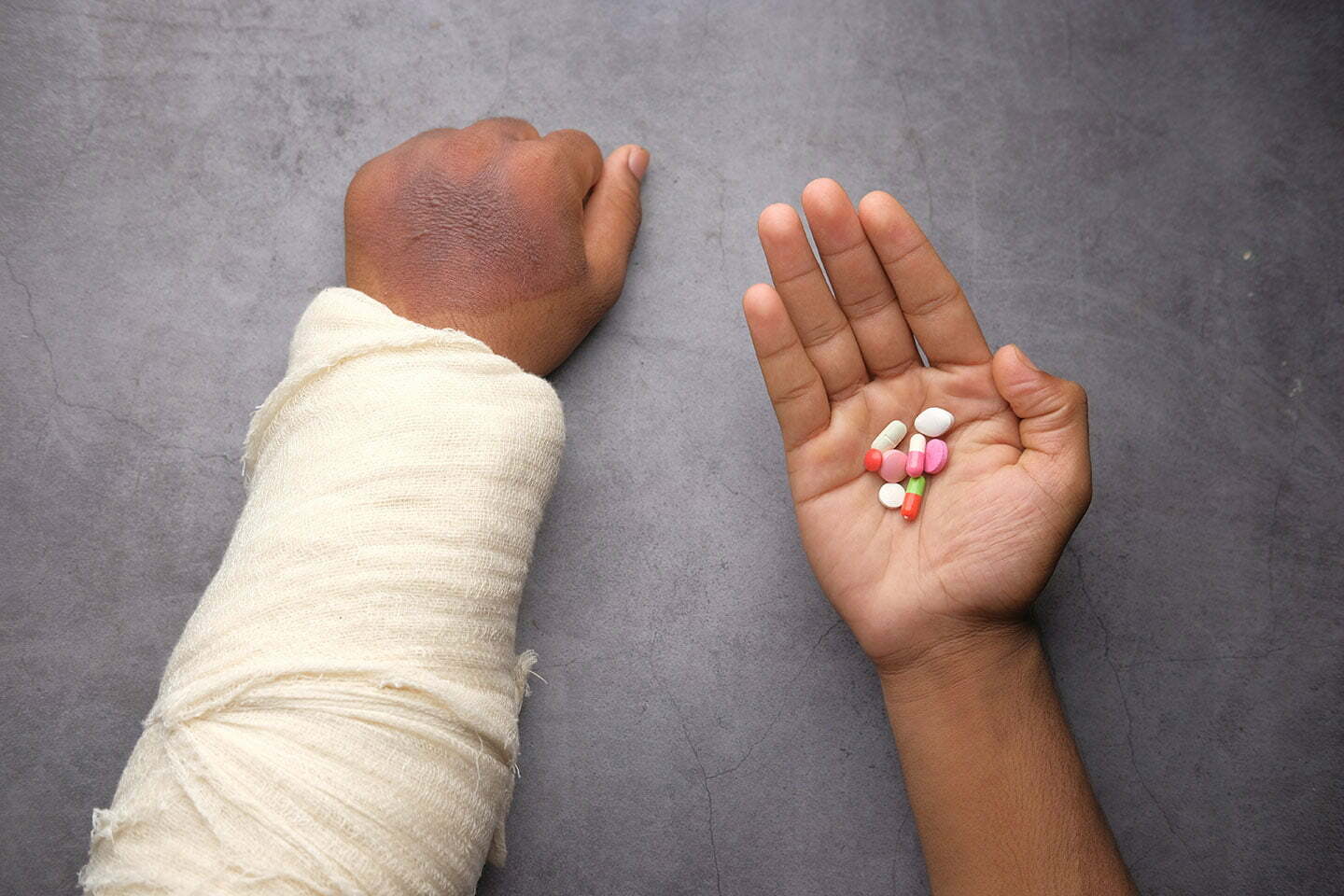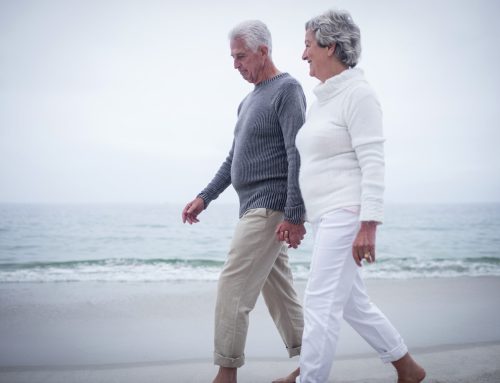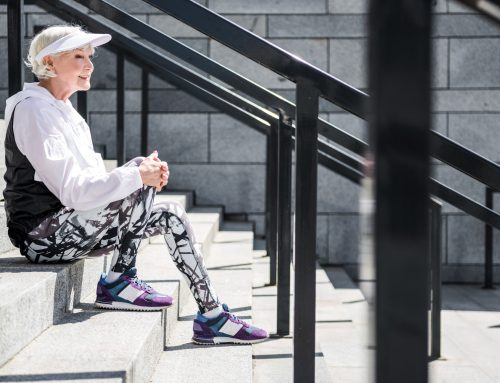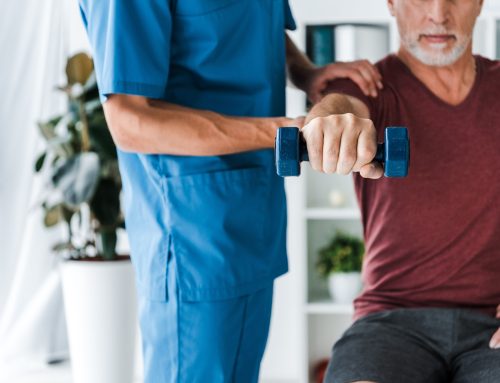
Osteoporosis can’t be reversed, but if you’re on the fine line of osteopenia and osteoporosis, you may have a chance at rebuilding your bone density.
Osteoporosis is a disease that affects 2 million Canadians. 1 in 3 women and 1 in 5 men will suffer from an osteoporotic fracture during their lifetime. But why aren’t we being taught more about its prevention? Adults begin to lose bone density in their mid-30s, which can eventually lead to weak and brittle bones that put them at risk for more fractures if they’re not mindful of their health habits.
However, if caught early enough, you may be able to prevent further bone loss and even build some density back without drugs. But, that will depend if you’re on the osteoporosis or osteopenia side of the scale.
Osteoporosis vs. Osteopenia
Osteopenia indicates low bone mass, signaling to your doctor that this could be the start of a journey to an osteoporosis diagnosis. The diagnosis is different because the bones aren’t considered so weak that they can break easily. But they are more fragile than usual. Focusing on further prevention at this stage is critical.
They’re getting weaker because your body is getting rid of more bone than you are creating. A lot of the time, it’s not your fault, and genetics play a significant role. Women are also more likely to get it since they have lower bone mass than men and live longer. That means they have more time on this planet for their bones to age too!
While some medications can help build bone density, there are side effect risks that many Canadians are choosing to stay away from. Before refusing medications or starting a treatment plan, you should always speak thoroughly with your doctor about your options. That way, you can make an informed decision about your health.
How to Reverse Osteoporosis
Can osteoporosis be reversed? You can’t completely reverse osteoporosis or osteopenia, but you can prevent further bone density from being lost. The worse your condition, the harder it will be to regain any bone density. Instead, you’ll benefit from preventing bone loss. While we’ve been taught that calcium is what our bones need, knocking back a glass of milk is far from the answer. Read on for our top tips on preventing further bone loss with osteoporosis.
Diet
Milk has calcium, and calcium builds strong bones. So if you drink a lot of milk, you must get super strength, right? Unfortunately, that’s far from the case.
Milk is more of a supervillain for bone health and treating osteoporosis. Milk is acidic in nature, which means your body will react to neutralize the acidity. The way it does this is by pulling the calcium from your bones. Instead, you’ll want to adapt your lifestyle to include nutrient-rich, low acidic foods. Some of these include:
- Broccoli
- Leafy green vegetables
- Tofu
- Almonds
- Beans
- Sesame seeds
For good bone health, you’ll want to load up on fresh produce with plenty of fruits and veggies in your diet. Another tip you may not be so keen on is reducing your coffee intake and switching to herbal tea. Remember, acidity isn’t your friend when building better bones.
Exercise
Exercise is not only great for building bones but also for improving coordination. This helps with your balance and to avoid any osteoporotic fractures due to the disease. When it comes to preventing bone loss, several exercises can help.
- Gravity fighting exercises, such as walking, dancing, jogging, and aerobic activities.
- Resistance exercises that include movement using weights, bands, other equipment or even just your body weight.
- Stretching will keep your body flexible and easier to move, avoiding a stiff reaction to a fall.
If you don’t love the thought of a weight-oriented workout, you can try some fun activities such as Zumba, tai chi, or playing tennis.
Low-Intensity Vibration Device
A low-intensity vibration device is a non-invasive treatment that can be used by both osteopenia and osteoporosis patients. The best part is that it’s simple to use and just requires you to stand on the device for 10 minutes. This has been helpful for patients that are more susceptible to fractures from vigorous exercise.
What started as a treatment for NASA astronauts who suffered from bone density loss evolved into low-intensity vibration technology that is available for the everyday Canadian. Using this device once a day can help with improved bone health, stability, rehabilitation, and active aging.
Osteoporosis is about more than inconvenience while dealing with a fracture. It’s a severe condition that can even increase the likelihood of death. Taking care of your bones with diet and exercise is essential, but sometimes, it’s not enough. When you vibe with Marodyne LiV, the low-intensity vibration device, you take control of your health to live a healthier, more independent life.
Were you surprised that broccoli is better for your bones than milk? What’s your favourite bone-building tip? Please share your story in the comments for our readers who are curious about it too.



